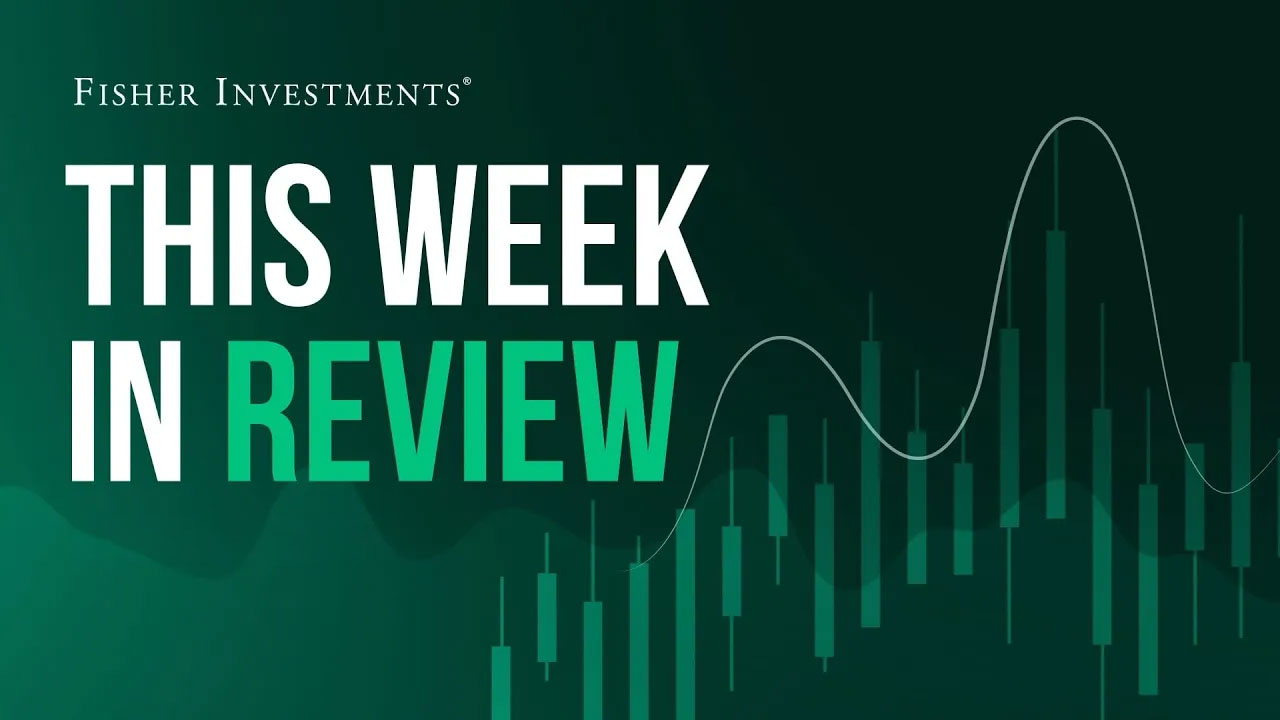Personal Wealth Management / Economics
IP Doesn’t Spell Recession
Recent industrial production figures were mixed—and inconclusive on global growth.
With seemingly everyone on recession watch nowadays, many extrapolate any monthly data dip—like US industrial production’s (IP) last week—as evidence. On the flip side, some see the eurozone’s surprising IP growth as a sign recession worries are overblown. But we think there are a couple considerations to note here. First, manufacturing isn’t a huge slice of developed world economies. Then too, although IP (which also includes mining and utilities output) can offer clues on the state of global growth, it is backward looking. Current IP data neither confirm nor deny a recession is underway.
Exhibit 1 shows US June IP dipped -0.2% m/m. That small dip, it is worth noting, was IP’s first decline this year. We always think you shouldn’t overrate a single data point, but this has sparked worry regardless, especially with manufacturing—IP’s largest component—down -0.5% m/m for a second consecutive month.[i]
Exhibit 1: Industrial Production Doesn’t Dictate Economic Activity
Source: Federal Reserve Bank of St. Louis, as of 7/15/2022. US industrial production, January 2007 – June 2022. Recession shading based on NBER business cycle dates.
However, a one or two-month IP downturn isn’t unusual even in the best of times. The current expansion has featured several already: September 2020, February 2021, August – September 2021, December 2021 and now June’s dip. IP declined for longer periods in 2015 – 2016 and 2019 without causing recession. (Exhibit 2) Oil and gas well drilling’s -69% collapse in the first instance and -13% slump in the second weighed heavily on IP both times.[ii]
Exhibit 2: IP Can Be Quite Volatile
Source: Federal Reserve Bank of St. Louis, as of 7/15/2022. US industrial production, January 1990 – June 2022. Recession shading based on NBER business cycle dates. Y-axis truncated at +/- 5% to facilitate visibility. April 2020 (-13.2% m/m) and June 2020 (6.3%) extend beyond this.
Consumer spending and services growth more than offset those extended IP contractions, though. Notably, drilling has ascended sharply this cycle, exceeding November 2018’s peak last month, likely with more to come. But IP just isn’t that big of an economic driver. It is 15% of GDP (manufacturing is 12%).[iii]
The latest UK and eurozone data show May IP rose 0.9% m/m and 0.8%, respectively. (Exhibits 3 & 4) While data over a month old are pretty stale, they handily beat expectations. The UK’s consensus estimate was for a -0.5% m/m decline and the eurozone’s was for 0.2% growth.[iv] Note, too, as with America’s IP, these are volume gauges—inflation didn’t boost results. The UK’s IP gain was led by broad-based manufacturing growth—12 of its 13 subsectors rose—and the sector’s output ticked above its February 2020 pre-pandemic level.
Exhibit 3: IP Cycles in the UK Aren’t Necessarily Recession Drivers, Either
Source: FactSet, as of 7/12/2022. UK industrial production, January 2007 – May 2022. Recession shading based on OECD business cycle dates for the UK.
In contrast, May’s eurozone IP strength was relatively narrow. Most of it came from American factories operating in Ireland, with some help from Germany’s slight 0.2% m/m improvement, which is still recovering from March’s sharp fall from pandemic restrictions and the war in Ukraine.[v] Meanwhile, there were pockets of weakness in France, Spain, Italy and the Netherlands. After roaring back to its pre-pandemic level, eurozone IP has been flat and choppy. In Europe, all eyes are on the Russian gas-flow situation, but there is no evidence yet of any widespread downturn.
Exhibit 4: Eurozone IP Trends Correspond More With Its Economic Cycle, but Still Noisy
Source: FactSet, as of 7/13/2022. Eurozone industrial production, January 2007 – May 2022. Recession shading based on Euro Area Business Cycle Network dates.
Overall, US IP is trending up despite the latest dip, eurozone IP is mixed and directionless, and UK IP seems somewhere in between. It mostly adds up, in our view, to growth muddling along. That certainly isn’t a boom, but it isn’t deep contraction (like April 2020’s or other downturns associated with broader recession), either. It mostly looks like pre-pandemic growth trends. Going back to that state—as supply-chain dislocations work out—strikes us as a return to normal, not anything catastrophic. Recession is still possible, but IP data so far don’t indicate one is happening now—and can’t provide any forward-looking insight into whether one will occur in the future.
[i] Source: Federal Reserve, as of 7/15/2022. Manufacturing output, May – June 2022.
[ii] Source: Federal Reserve Bank of St. Louis, as of 7/15/2022. Drilling oil and gas wells, December 2014 – May 2016 and November 2018 – November 2019.
[iii] Source: US Bureau of Economic Analysis, as of 6/29/2022. Mining, utilities and manufacturing as a percent of GDP, Q1 2022.
[iv] Source: FactSet, as of 7/12/2022. Consensus estimates for UK and eurozone industrial production, May 2022.
[v] Source: FactSet, as of 7/7/2022. German industrial production, May 2022.
If you would like to contact the editors responsible for this article, please message MarketMinder directly.
*The content contained in this article represents only the opinions and viewpoints of the Fisher Investments editorial staff.
Get a weekly roundup of our market insights
Sign up for our weekly e-mail newsletter.

See Our Investment Guides
The world of investing can seem like a giant maze. Fisher Investments has developed several informational and educational guides tackling a variety of investing topics.









